* Photo: Hikmet Adal - bianet
Click to read the article in Turkish / Kurdish
The Media Ownership Monitor (MOM) Turkey updates shed light on the indicators posing a risk to media pluralism.
Click here for the MOM Turkey updates
Turkey, where the concentration of media ownership is high, is still one of the good examples for the MOM project.
We completed the MOM updates between February and November 2021. We have listed the top 10 newspapers, radio and TV channels and news portals in Turkey in terms of their audience shares.
Top 10 media
Print: Sabah (Kalyon), Sözcü (Estetik Group, transferred to BEME MEDIA A.G.), Hürriyet (Demirören), Posta (Demirören), Türkiye (İhlas), Milliyet (Demirören), Akşam (Türk Medya), Yeni Şafak (Albayrak), Takvim (Kalyon), (Açık Mert) Korkusuz (Estetik Group, transferred to BEME MEDIA A.G.)
Radio channels: Kral Fm (Doğuş), TRT (State), Radyo 7 (Hayat Görsel Broadcasting), A Haber Radyo (Turkuvaz), Radyo D (Demirören), Show Radyo (Show Radio Broadcasting), Radyo 1 (State), TRT Radyo Haber (State), NTV Radyo (Doğuş), Habertürk Radyo (Ciner)
Television channels: ATV (Kalyon), FOX TV (Fox Broadcasting), Show TV (Ciner), Kanal D (Demirören), Star TV (Doğuş), TRT 1 (State), Kanal 7 (Hayat Görsel Broadcasting), TRT Haber (State), Beyaz TV (Beyaz Television Broadcasting), A Haber (Kalyon)
News portals: hurriyet.com.tr (Demirören), sozcu.com.tr (Estetik Group, transferred to BEME MEDIA A.G.), milliyet.com.tr (Demirören), sabah.com.tr (Kalyon), mynet.com (Mynet Publishing), haberturk.com (Ciner), haber7.com (Hayat Görsel Broadcasting), onedio.com (Onedio Publishing), internethaber.com (İnternet Haber Publishing), takvim.com.tr (Kalyon)
On the MOM 2020 online database, we illustrate the concentration and ownership structure of 40 national media outlets in Turkey.
With the MOM 2020 data, we review the personal profiles of the most powerful media owners in Turkey in terms of their audience shares while offering an analysis of the media companies' (economic and political) relations with the government of Turkey, which ranks 154th in the Reporters Without Borders (RSF) 2020 World Press Freedom Index.
What data have we used?
For audience participation shares;
- We have used the data on annual newspaper circulation in Turkey based on the response of the Information Technologies and Communications Authority (BTK) to our application to the Presidency's Communication Center (CİMER).
- For the top 10 television channels, we have used the 2020 annual average data of the TV Audience Research Company (TİAK).
- For the radio channels, we have used the December 2020 data of the Radio Monitoring Services Organization (RİAK).
- For the 10 most visited news websites of Turkey, we have used the Gemius Turkey's list of averages for the last quarter of 2020.
23 out of 28 owners are men
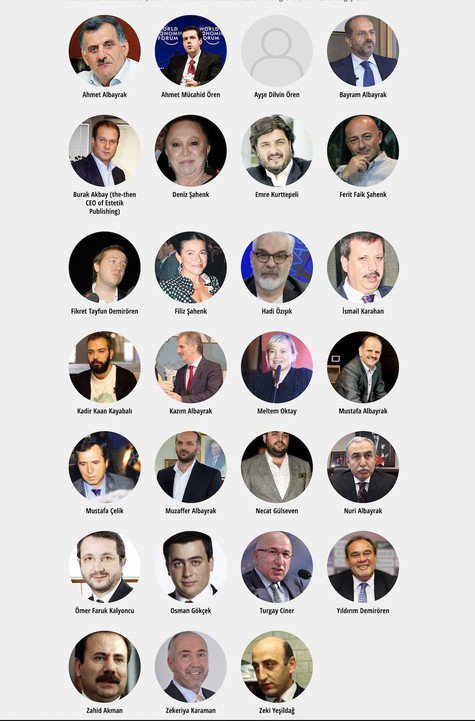
When we consider the profiles of media owners in terms of gender equality, we see that only four women are shareholders among 28 media owners in total and one woman is on the board of directors.
While Meltem Oktay Demirören is a shareholder of the Demirören Group, Deniz Şahenk and Filiz Şahenk are shareholders of the Doğuş Group and Ayşe Dilvin Öner is a shareholder of the İhlas Group, Didem Ciner is the vice chair of the board of directors at the Ciner Holding.
Why so hard to access transparent data?
Compared with 2018, we find it safe to say that the Law on the Protection of Personal Data (KVVK) and its enforcement have made it a bit challenging for us to review the ownership profiles in the MOM 2020.
Information about media company owners and their shares can be found most of the time in the Trade Registry Gazette archive on ticaretsicil.gov.tr website. The search engine of the Trade Registry Gazette does not allow a direct search for the name of a real person.
Moreover, searching the İstanbul Chamber of Commerce (İTO) website by giving the name and surname of the related person (for the companies registered in İstanbul) is only possible if the person's national ID number is known. During the MOM Turkey 2018 updates, these records could be accessed by solely entering the name and surname of the person.

The interface of the İTO databank during the MOM 2016 & 2018 updates

The interface of the İTO databank during the MOM 2020 updates
As of 2020, in accordance with the Law on the Protection of Personal Data (KVVK), it has become obligatory to search by adding a national ID number to the "Search by Partner/ Board of Directors/ Authorized Person" function in the aforementioned search engine of the İTO.
National ID numbers of people known to be associated with companies can be found in the old records of the Trade Registry Gazette, but, for this, it is necessary to inspect all old records one by one. In cases where the national ID number is available, İTO's search engine can be used.
In other words, it requires more effort to access this data. In the phone call of the MOM team with the İTO, it was stated that it was "deemed appropriate to require" the national ID number when doing a search.
The problem that we encountered during the MOM 2018 updates was in place this year as well. We sent two emails to companies and asked for data on their financial revenues; however, we have received no response. Among the companies that indicated that financial revenues were not directly open to the public and that they would not share this information were Kalyon Group, Demirören, Estetik, Türk Medya (former ES Medya), Hayat Görsel Broadcasting and Albayrak Group. These companies did not respond to our emails this year, either. |
Media and advertising investments
In 2020, when the media and advertising investments were 17 billion 469 million Turkish Lira (TRY) in Turkey, 3 billion 976 million TRY were media investments. With a 39-percent growth, a total investment of 7 billion 528 million TRY was the case in digital platforms. With this rate, digital media investments rank first in media and advertising investments.
In 2020, the advertising revenues of newspapers saw a 28-percent fall when compared to 2019. With a market share of 3 percent, press-media investments rank fourth in advertising investments after digital portals (54 percent) and TV (36 percent). Besides, newspapers reach a wide audience on their own websites (Estimated data, Advertisers' Association, April 2021).
RTÜK and its fines, BİK and its trade secrets
According to the BİA Media Monitoring 2020 report, the Radio and Television Supreme Council (RTÜK) imposed 297 fines and 70 program and broadcast suspensions on media outlets in 2020. The total amount of fines imposed by the RTÜK was 19 million 63 thousand 835 TRY.
In the MOM updates, we have once again noted that the RTÜK acts as a tool of the government to threaten the news outlets criticizing the government and to silence the critical and independent media in Turkey with its fines.
In Turkey, independent and critical newspapers are dependent on the advertising revenues from the Press Advertisement Institution (BİK).
Since 2010, the BİK has not publicly reported the revenues of advertisements distributed to newspapers using public resources and has not shared statistics, declaring that it is a "trade secret".
The amount of advertisement and advertising revenue distributed to the newspapers is stated only in the annual report of the Institution; however, this report is not disclosed to the public, either.
Transfers, closures, political affiliations
The MOM 2020 points to the political pressure, mechanisms and controls targeting press freedom and, thus, the media sector in Turkey.
When the changes in the media sector are considered, according to the Trade Registry Gazette, Estetik Publishing, which owned Sözcü and Korkusuz newspapers, was transferred to Beme Media AG in 2020.
Güneş and Star newspapers, owned by the pro-government Türk Medya group, were closed in December 2019. Güneş newspaper is now a supplement of Akşam, a newspaper belonging to the same group.
Eight of the 10 most read newspapers, nine of the 10 most watched television channels and seven of the 10 most visited news websites are owned by the companies that have (political and economic) relations with the government of Turkey.
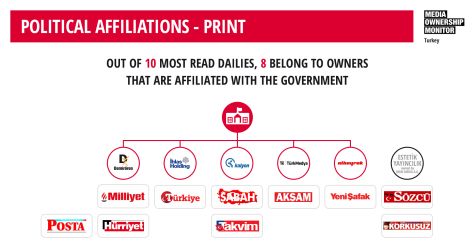
Click here for the political affiliations of other media outlets
In the top 10 list of most visited websites are the online editions of national newspapers (which means that the content is also almost identical).
In addition, with the closure of the Yaysat in 2018, only the Kalyon Group now undertakes the distribution of printed press in Turkey. The Kalyon Group/Zirve Holding has been operating in sectors such as construction, energy and infrastructure; the vice chair of the board of directors of the Turkuvaz Media Group, belonging to the Kalyon Group/Zirve Holding, is Serhat Albayrak, the brother of Berat Albayrak, who previously served as the Minister of Energy and Natural Resources and the Minister of Treasury and Finance in Turkey and is the son-in-law of President and ruling Justice and Development Party (AKP) Chair Recep Tayyip Erdoğan.
When we closely observe the distribution of the public tenders won in total between the years of 2015 and 2019, we see that the Kalyon Construction, a company of the abovementioned group, ranks first, which constitutes an important piece of data in evaluating the publication and broadcasting of the outlets owned by the related media group.
Cross-media concentration
According to the MOM methodology, we had to know the media consumption trends across the country to calculate the cross-media concentration rates. However, there is no such research for the year 2020. The sampling of some recent research is limited. As we need the media consumption data in calculating the cross-media audience shares, we have been unable to present the concentration rates in this year's MOM updates.
Cross-media ownership The ownership of the same capital owners in different media types points to cross-media ownership (CMO) and conglomeration lays the groundwork for it. In other words, the CMO means that media outlets operating in different fields are under the control of the same group/holding. So, the CMO is the case when the same media owner makes investments in several fields and holds the control and ownership of several businesses. |
Below you can read a summary of our projection of cross-media concentration based solely on the audience shares:
As there is no reliable data on the visits of web portals for 2020, we conclude the ratios by evaluating the TV viewing, radio-listening and newspaper-reading rates. Demirören (35.57 percent) is the largest media group with the highest viewer/listener/reader ratios. Kalyon/Turkuvaz (30.76 percent) follows Demirören and Doğuş has 28.71 percent of total audience.
Even though there is no data regarding the rate of digital media followers/visits, when we look at the follower rates based on newspapers, radio and television channels, it is seen that 95.04 percent of the followers are shared by three media groups.
Demirören and Kalyon are the only groups that invest in four areas, namely radio, television, newspaper and website. The state broadcaster TRT has an audience rate of 18.81 percent with its channels on television and radio. Estetik Publishing, transferred to Beme Media AG in 2020, known for its anti-government broadcasting, has a follower rate of 13.44 percent (excluding the data of sozcu.com.tr, which ranks second in the top ten news portals list). Hayat Görsel Broadcasting, which has investments in all three sections such as TV, radio and Internet news portals, has 10.21 percent and Ciner Group, which only invested in the TV and digital news industry after closing Habertürk newspaper in 2018, has 7.74 percent of followers.
When we consider the indicators posing a risk to media pluralism, we see that the factors that we noted in 2018 have not changed:
Click on the image to enlarge
For instance, when we analyze the media outlets in the top 10 lists of four media types in terms of their audience concentration, we see that there is a medium risk factor for television and radio and a high risk for print media and Internet news portals.
Digital media and political control
In updating the MOM Turkey, we have noted some points to shed light on freedom in online mediascape in 2020, including the following:
- The enactment of "the Law No. 5651 on Regulation of Publications on the Internet and Suppression of Crimes Committed by Means of Such Publications" on October 1, 2020,
- Twitter's removal of 32,242 accounts from its archives "because of their state-linked information operations" in June 2020,
- The publication of a 12-article ethical guideline laying down principles of using a language free from hate and struggling against "disinformation" on social media in May 2020.
In exemplifying the mechanisms put into operation by the government to silence the critical voices on online media platforms, we have referred to the following reports in updating the MOM:
bianet Media Monitoring Database
Freedom of Expression Association (İFÖD)
We have predominantly cited bianet news as sources.
Would MOM contribute to developing joint strategies?
Media Ownership Monitor projects are also very useful in illustrating the mutual dependence between media owners and the ruling party. The MOM offers an insight into who the media owners are, based on what interests and political affiliations these people act, what their levels of dependence are and who actually have the potential to form public opinion.
We recommend the use of projects such as the MOM in identifying the needs for new regulations about media ownership and concentration.
These projects urge companies to ensure full transparency about their financial standings, especially with regard to public contracts, while inviting them to review their financial histories in the meantime.
Therefore, the outputs of the MOM contribute to the development of joint strategies and policies and to sharing these policies with the government, Parliament, law-makers, local administrations, media regulation bodies, occupational associations and media literacy trainers.
Click here for the MOM Turkey updates
MOM Turkey 2020 was funded by the Heinrich Böll Foundation and the Swedish International Development Cooperation Agency (SIDA).
MOM's call The Media Ownership Monitor (MOM) Turkey is a bilingual database (Turkish & English) and an interactive monitoring mechanism which is open to updates and confirmed revisions and is informative in the field of media ownership. So, we as MOM Turkey, call out to media professionals, academics, journalists and the general public, calling on the users to work together to reinforce the MOM database. The MOM team is at [email protected]. The Media Ownership Monitor (MOM) has been proposed and launched by the Reporter ohne Grenzen e. V. – the Germany section of the Reporters without Borders (RSF), which aims to defend freedom of the press and the right to inform and to be informed anywhere in the world. The MOM was funded by Germany's Federal Ministry of Economic Development and Cooperation (BMZ). The first outputs of the project were released in 2016 and the following updates were published in 2019. When the MOM project began in 2016, the RSF was working on the project in coordination with a regional agency in each country. However, all updates added to the database after 2019 have been left to the local partners. For this reason, the MOM Turkey is a project solely carried out by the IPS Communication Foundation. |
MOM Team Sinem Aydınlı - Researcher, Translator, Editor (MOM 2018 & MOM 2020) IPS Communication Foundation Erol Önderoğlu, Evren Gönül, Nadire Mater, Öznur Subaşı |
(SA/NÖ/SD)




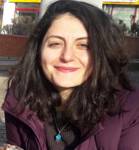

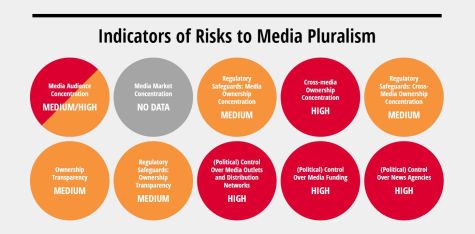

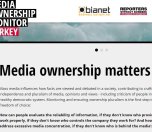

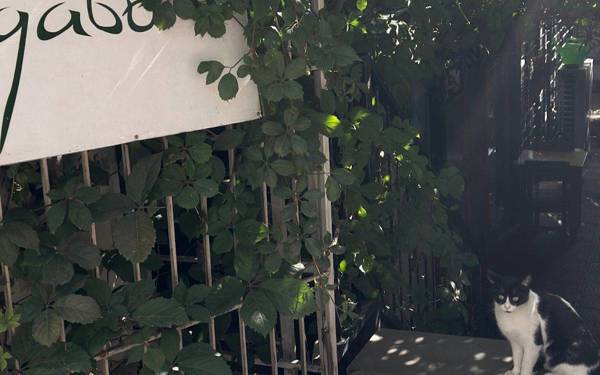
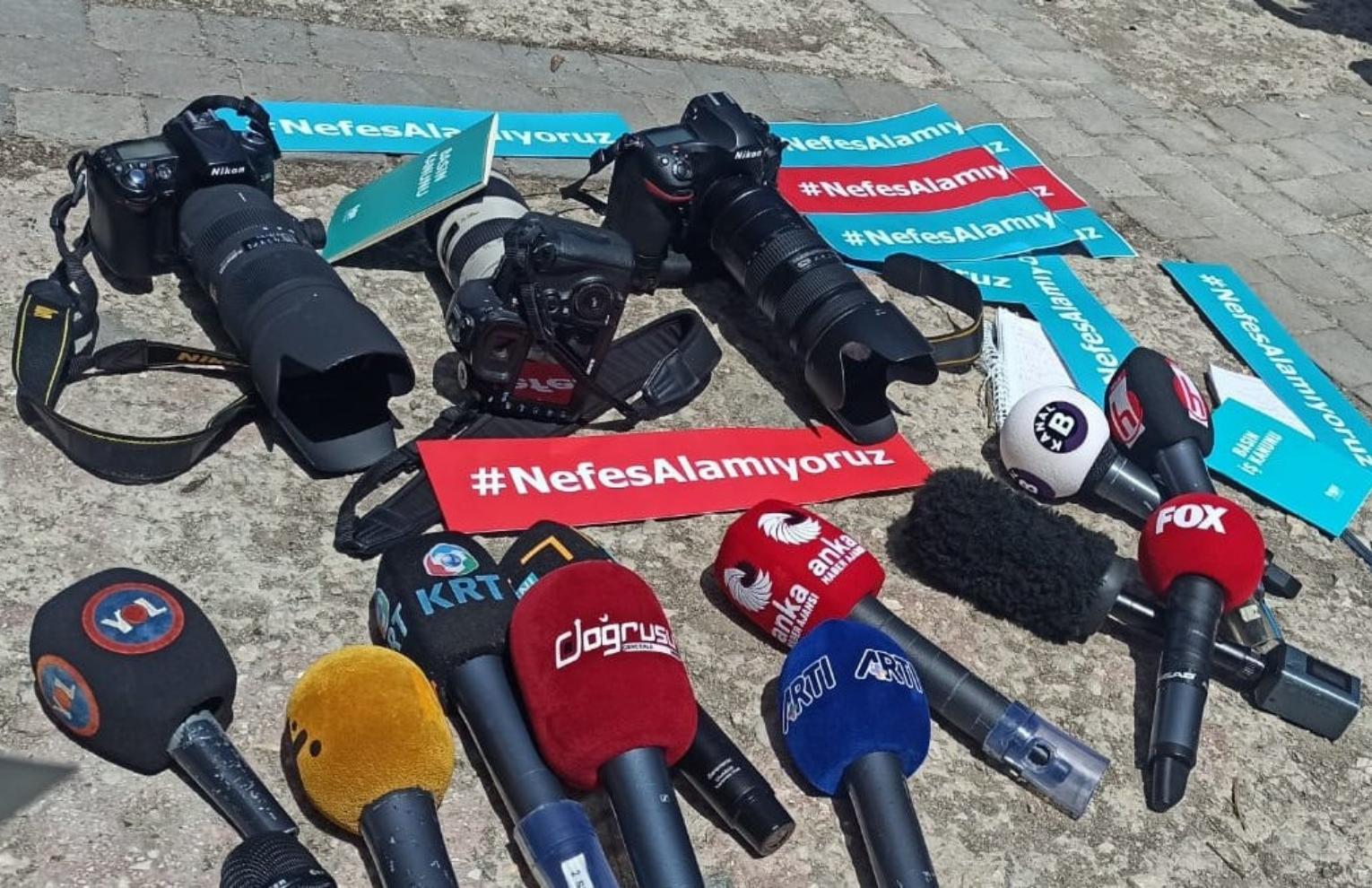
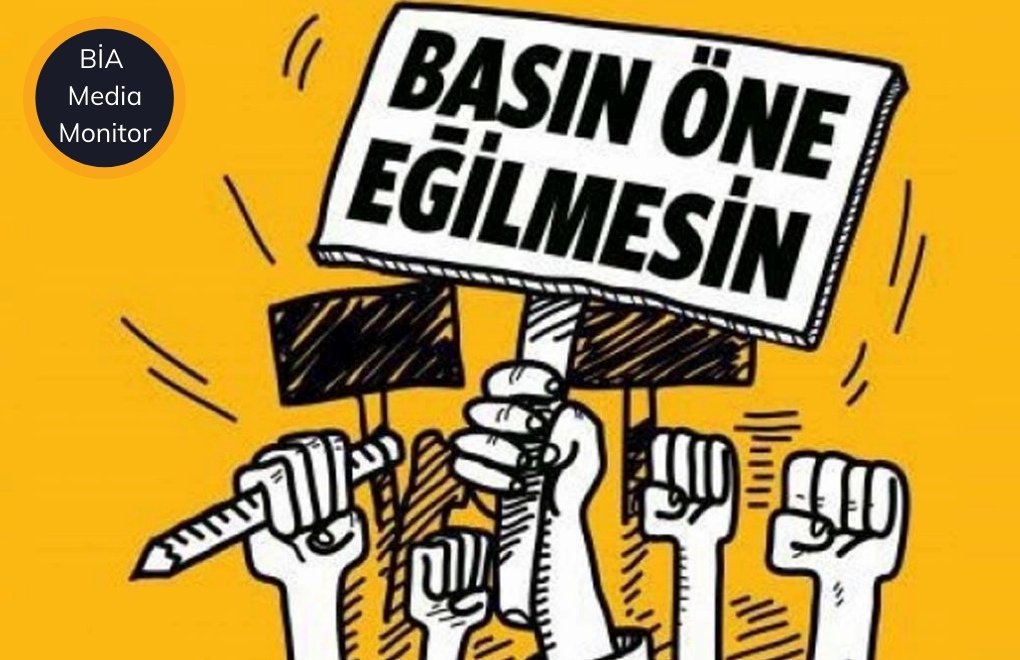
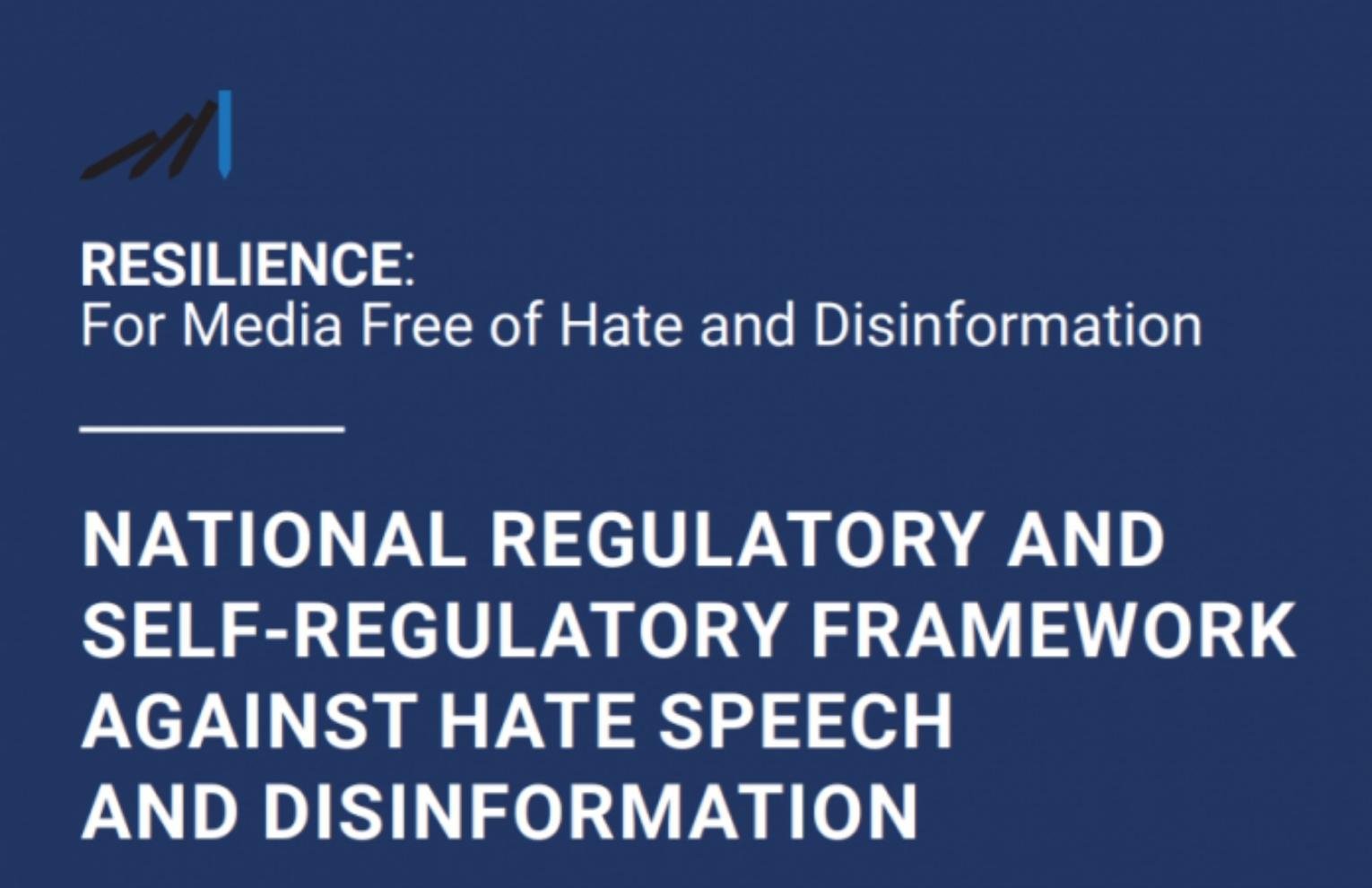
.jpg)